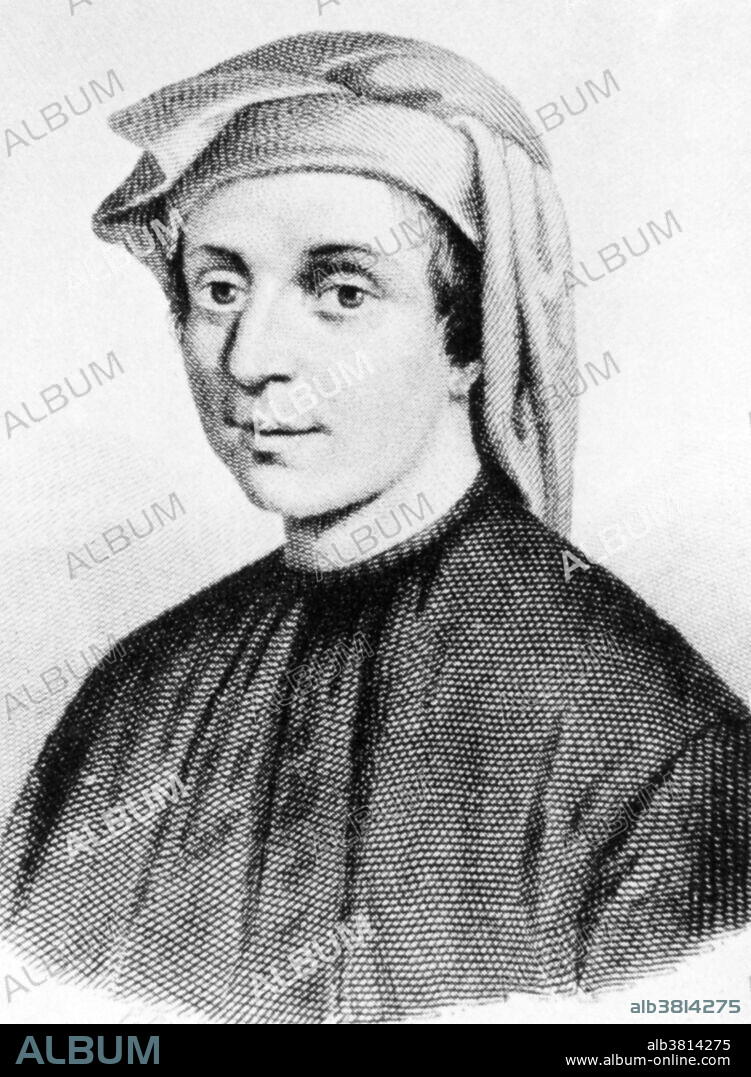alb3814275
Leonardo Fibonacci, Italian Mathematician

|
Add to another lightbox |
|
Add to another lightbox |



Title:
Leonardo Fibonacci, Italian Mathematician
Caption:
Leonardo Pisano Bigollo (1170 - 1250) or simply Fibonacci, was an Italian mathematician, considered by some the most talented western mathematician of the Middle Ages. Recognizing that arithmetic with Hindu-Arabic numerals is simpler and more efficient than with Roman numerals, Fibonacci traveled throughout the Mediterranean world to study under the leading Arab mathematicians of the time. In 1202, at age 32, he published what he had learned in Liber Abaci (Book of Abacus or Book of Calculation), and thereby popularized Hindu-Arabic numerals in Europe. Liber Abaci also posed, and solved, a problem involving the growth of a population of rabbits based on idealized assumptions. The solution, generation by generation, was a sequence of numbers later known as Fibonacci numbers. In the Fibonacci sequence of numbers, each number is the sum of the previous two numbers, starting with 0 and 1. This sequence begins 0, 1, 1, 2, 3, 5, 8, 13, 21, 34, 55, 89, 144, 233, 377, 610, 987 and so on. He died in 1250 at the age of 80.
Credit:
Album / Science Source / Library of Congress
Releases:
Model: No - Property: No
Rights questions?
Rights questions?
Image size:
2520 x 3438 px | 24.8 MB
Print size:
21.3 x 29.1 cm | 8.4 x 11.5 in (300 dpi)
Keywords:
1170 • 1250 • 12TH CENTURY • 13TH CENTURY • ARABIC NUMBERS • BOOK OF CALCULATION • BOOK OF THE ABACUS • BW • CELEBRITY • EUROPEA • EUROPEAN • FAMOUS • FIBONACCI NUMBERS • FIBONACCI SEQUENCE • FIBONACCI SERIES • FIBONACCI • FIGURE • HINDU-ARABIC NUMERALS • HISTORIC • HISTORICAL • HISTORY • IMPORTANT • ITALIAN • LEONARDO BONACCI • LEONARDO FIBONACCI • LEONARDO OF PISA • LEONARDO PISANO BIGOLLO • LEONARDO PISANO • LIBER ABACI • MATH • MATHEMATIC • MATHEMATICAL • MATHEMATICIAN • MATHEMATICS • MEDIEVAL • MIDDLE AGES • NOTABLE • NUMBER SYSTEM • PEOPLE • PERSON • PERSONALITIES • PERSONALITY • WELL-KNOWN
 Pinterest
Pinterest Twitter
Twitter Facebook
Facebook Copy link
Copy link Email
Email

